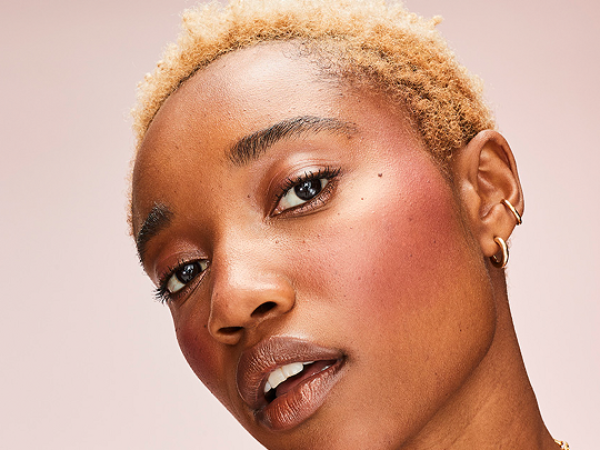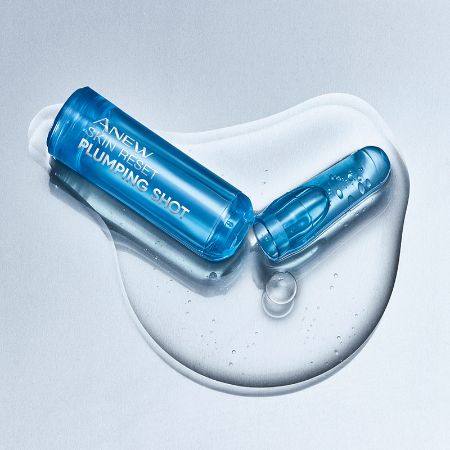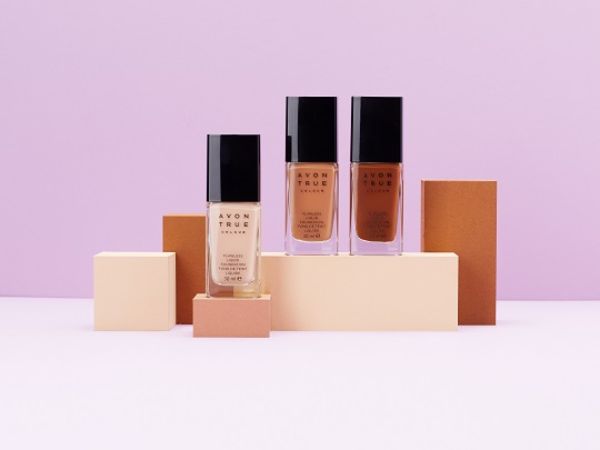How is beauty evolving in 2023?
Has the ‘mega’ beauty trend gone bust?
Our 2023 global Future of Beauty report uncovers how women across the world are moving away from big, bold, enhanced looks in favour of embracing their natural features with more subtle and authentic beauty choices.
As the dust settles on a post-pandemic world, is the craving for colour and boldness subsiding? And with a global cost-of-living crisis is in full swing - has the ‘bigger is better’ bubble finally burst?
Having spoken to 7,000 women across 3 continents and 7 countries, and gathered insights from our Avon experts and independent dermatology partner Dr Zoya Diwan, we investigate the changing face of beauty in 2023…

The end of at-home beauty?
Following the post-lockdown spike in women seeking cosmetic enhancements triggered by months of video conferencing, nearly half (47%) of women continue to get cosmetic treatments at least once a month.
However, the treatments we are getting and how often, is changing, with some of the previously most popular treatments now on the decline, and a reported uplift in people looking to have treatments reversed.
Dr Zoya Diwan, Expert in Clinical & Aesthetic Dermatology and Avon’s partner dermatology consultant, says: “A lot of people are coming in to reduce, remove or correct cosmetic enhancements. We’re seeing this more and more as people want to achieve a more natural look, rather than one that’s obviously enhanced. There has been a switch from bigger looks to more natural ones that make us look healthy. As a result, the most popular treatments we have seen so far this year have been skin-boosters, which help enhance and protect the skin by stimulating collagen production.”
Tighter purse strings = smaller make up bags
Coupled with the trend towards healthy, more natural looks, the penny-pinching effects of the global cost-of-living crisis have also had a noticeable impact on women’s beauty choices. Avon’s research reveals that globally, more than one in five women gave up make up and skincare (22%), almost a quarter stopped getting haircuts and treatments (23%), and almost a third quit their manicures (31%) due to the cost-of-living crisis.
One in five (21%) women are now creating their own looks with cosmetic products to save money on treatments, and more than one in ten (13%) said that even though they can still afford to, they don’t feel comfortable spending money on cosmetic enhancement treatments in the current economic climate.
It’s clear that priorities and perceptions of where disposable income can be attributed has shifted, and women are feeling less inclined to splurge on expensive beauty treatments, instead opting for budget-friendly alternatives.

Angela Cretu, Avon CEO, comments: “The findings of our report underline the complex landscape of what influences women’s beauty choices and how the meaning of beauty continually evolves over time. No matter your personal definition of beauty or your budget, we believe every woman should have the freedom to express herself through beauty. This has never been more relevant than it is today, as we face global financial challenges. That’s one of the reasons we are proud to be at the forefront of understanding women’s attitudes to beauty and making the looks they aspire to accessible to all.”

Our evolved sphere of influence is all about authenticity
The power of celebrities, influencers, and social media to inspire us is always evolving, and 2023 is no different. Among the top 10 most inspiring celebrity beauty aesthetics globally, we see the majority are those known for their more natural looks (Jennifer Aniston, Beyonce, Taylor Swift, Ariana Grande, Zendaya, Kim Kardashian, Emma Watson, Kylie Jenner, Adele, Kendall Jenner).
Social media’s huge influence on beauty trends also cannot be denied, particularly its propensity to drive a shift away from the perfectly polished feeds towards a more authentic social media experience. For instance, while filters were long considered a source of inspiration for our desired beauty looks, our research is indicating that the power of filters to influence our beauty decisions is changing. Less than one in five (19%) women said they are inspired by social media filters to get cosmetic enhancements, and instead, they are more influenced by seeing real results in real life (47%) or getting recommendations from friends and family (37%).
Changing trends: bigger is better -> healthier is happier
Avon’s recent Power in Ageing report revealed that almost three quarters (72%) of women want to focus on looking healthy rather than young and its latest research indicates that two thirds (65%) of women want to achieve looks on the more natural end of the spectrum.
Avon’s research shows that the most popular look of our time is the ‘subtle glam’ look (36%) – described as emphasising what you’re born with by making the most of your skin with a good base, a touch of mascara or a neutral lipstick.

According to Olivia Eskens, Scientist II, Technical Product Design Make Up Lead, at Avon: “Globally people are moving away from using beauty to overcome or cover up their insecurities and instead, discovering how to enhance their natural beauty. People don’t want to feel bad about themselves; they want to look and feel their very best.”


